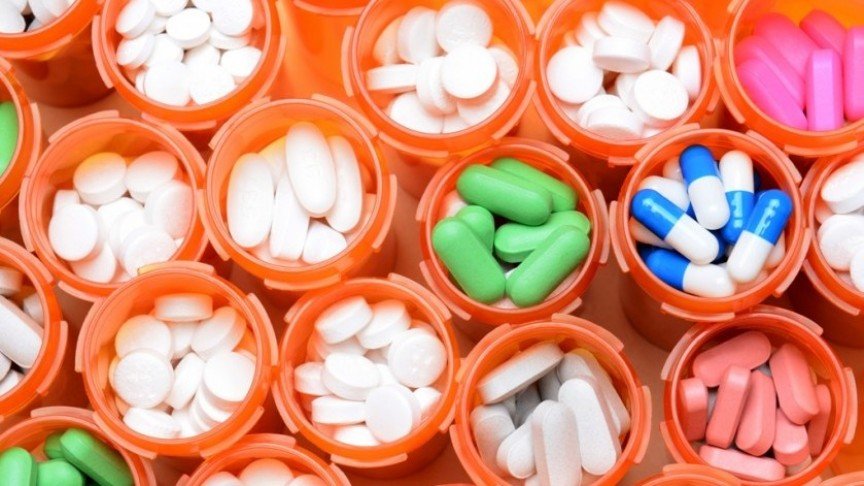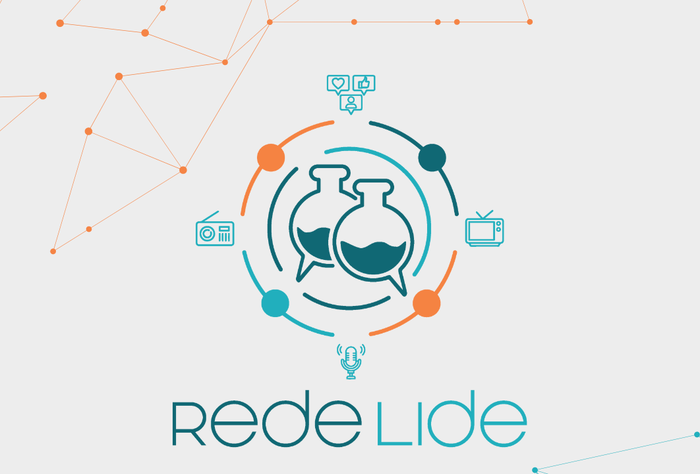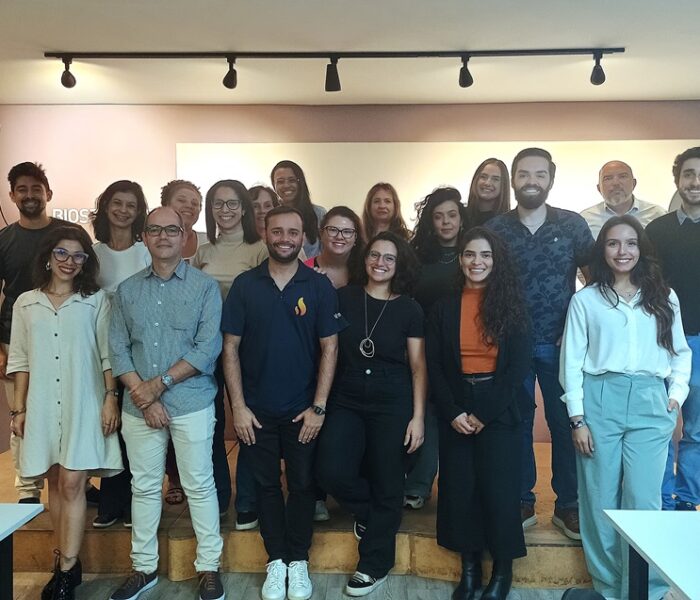 Once a drug is approved by the FDA, it needs to enter the manufacturing process. Going from small-scale to large-scale manufacturing, however, is a major undertaking. In many cases, companies must build a new manufacturing facility or reconstruct an old one because the manufacturing process is different from drug to drug.
Once a drug is approved by the FDA, it needs to enter the manufacturing process. Going from small-scale to large-scale manufacturing, however, is a major undertaking. In many cases, companies must build a new manufacturing facility or reconstruct an old one because the manufacturing process is different from drug to drug.
Patent Pending
Depending on a number of considerations, a company may apply for and be granted a patent for their newly approved drug or the process of producing the drug, granting exclusivity rights for approximately 20 years.
Typically, the owner of a branded drug will create a generic version of the drug before the patent expires to gain a head start in the generic drug market.
Marketing a Drug
Pharma companies generally employ sales people to market directly and personally to physicians and other healthcare providers, but advertising is also common in healthcare journals as well as through more mainstream media. Pharmaceutical company spending on marketing typically exceeds that of its research budget.
Pharmaceutical Manufacturers
Manufacturers are the source of prescriptions drugs in the pharmaceutical supply chain.
Manufacturers manage the actual distribution of drugs from manufacturing facilities to drug wholesalers, and in some cases, directly to retail pharmacy chains, mail-order and specialty pharmacies, hospital chains, and some health plans.
Manufacturers also play an important role in ensuring the safety of the pharmaceutical supply chain by producing informational labeling for prescribers and consumers that is consistent with the terms and conditions of a drug’s approval by the U.S. Food and Drug Administration (FDA), and by using electronic bar-coding technology on drug packaging that may be used to track individual production lots, and to prevent prescribing errors.
Wholesale Distributors
Wholesale distributors purchase pharmaceutical products from manufacturers and distribute them to a variety of customers, including pharmacies (retail and mail-order), hospitals, and long-term care and other medical facilities (e.g., community clinics, physician offices and diagnostic labs).
While traditional distribution services remain the cornerstone of the business, the industry has developed a more comprehensive list of services in response to the evolving marketplace.
Stocking Pharmacy Shelves
Pharmacies are the final step on the pharmaceutical supply chain before drugs reach the patient. Pharmacies purchase drugs from wholesalers, and occasionally directly from manufacturers, and then take physical possession of the drug products.
After purchasing pharmaceuticals, pharmacies assume responsibility for their safe storage and dispensing to consumers.
Pharmacy operations include maintaining an adequate stock of drug products, providing information to consumers about the safe and effective use of prescription drugs, and facilitating billing and payment for consumers participating in group health benefit plans.
Read the complete article here Source: Healthcare Global
Ainda não recebemos comentários. Seja o primeiro a deixar sua opinião.






Deixe um comentário